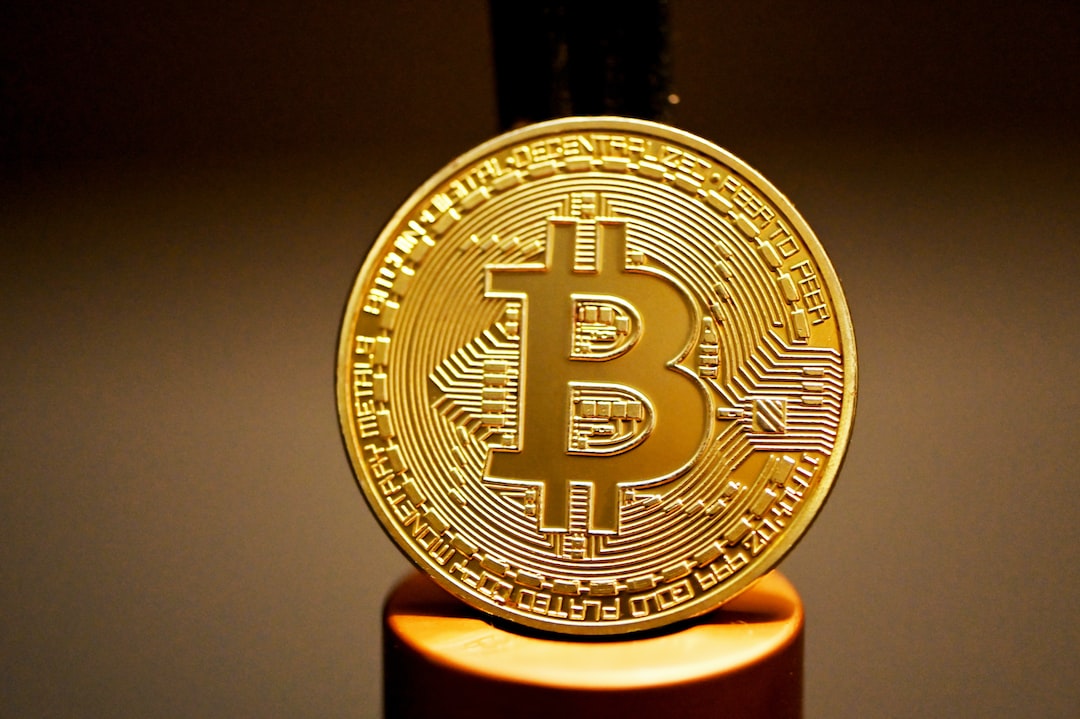The Bitcoin Price Rises on Decreasing US Inflation
The price of Bitcoin (BTC) is experiencing a relief rally at the end of the week due to economic data showing a decrease in inflationary pressures in the US. The US Core PCE Price Index figures revealed a year-on-year inflation rate of 2.9%, which is below the expected rate of 3.0%. As a result, the Bitcoin price has risen by over 5% in the past 24 hours, reaching $42,000, according to CoinMarketCap.
Lower Inflation Opens Door for Fed Rate Cuts
The Core PCE Price Index is considered the preferred measure of underlying price pressures by the US Federal Reserve. With inflation in the US trending lower, it is likely that the Fed will implement rate cuts this year. Lower interest rates create a more favorable environment for liquidity and can support crypto prices. This may explain why the Bitcoin price has increased since Friday’s US market open.
US Equity Market Rally and ETF Flows Impacting Bitcoin
Market pricing in US interest rate futures suggests that there is a probability of nearly 50% for the Fed to cut interest rates as early as March. However, traditional asset markets do not show a significant increase in expectations for Fed rate cuts. The US Dollar Index and 10-year yield remain relatively unchanged. The positive risk appetite in equity markets, such as the S&P 500 reaching record levels above 4,900, may be spilling over to crypto markets. Additionally, Grayscale’s sales of BTC from its GBTC ETF have slowed down, while newly launched ETFs from BlackRock and other asset managers continue to attract substantial flows.
Potential for BTC Price Increase
Despite the recent rebound, the Bitcoin price is still around 15% lower than its recent highs. The bounce suggests that the 100-day moving average and November highs acted as strong support. However, breaking above the 21 and 50-day moving averages near $43,000 may be challenging for Bitcoin. Only when Bitcoin can sustainably surpass these levels can it be considered a decisively bullish market. In that case, a retest of the yearly highs around $49,000 is possible. Looking ahead, attention will shift to the Bitcoin halving and Fed rate cuts, which historically have been important catalysts for long-term bullish trends in the Bitcoin price.
Hot Take: BTC Price Rises on Decreasing Inflation
The recent relief rally in the Bitcoin price can be attributed to the decrease in inflationary pressures in the US. The Core PCE Price Index showed a lower-than-expected inflation rate, opening the door for potential rate cuts by the Fed. This has created a more favorable liquidity environment that supports crypto prices. Additionally, positive risk appetite in equity markets and slowing sales of BTC from Grayscale’s GBTC ETF have contributed to the increase in the Bitcoin price. However, breaking key resistance levels will be crucial for further price gains. Overall, with upcoming events like the Bitcoin halving and potential Fed rate cuts, there is optimism for a retest of all-time highs in 2024.





 By
By
 By
By
 By
By


 By
By